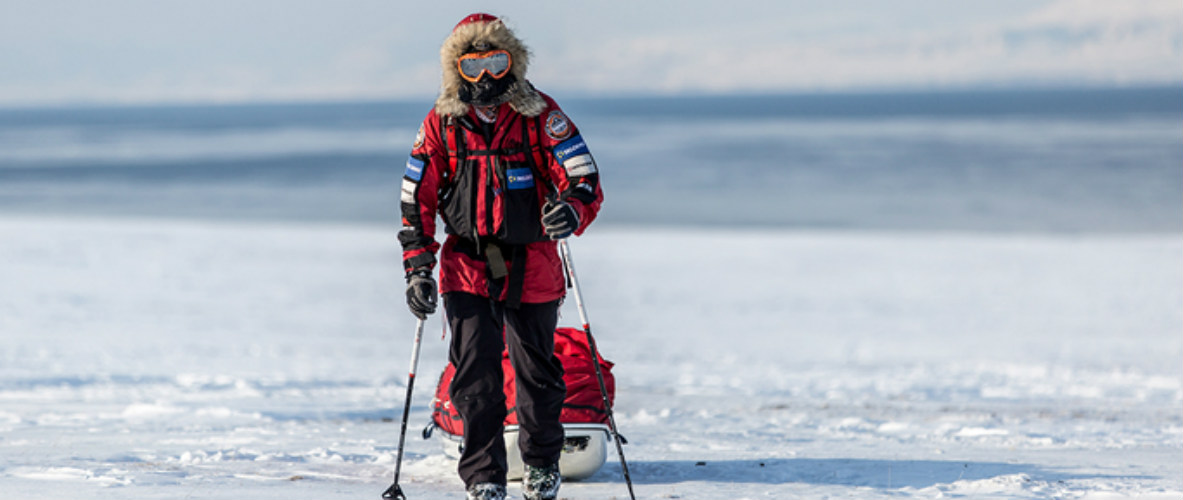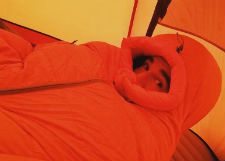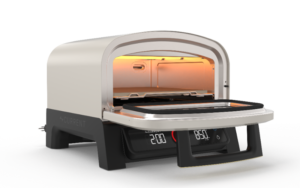“I could never do that” is an inevitable response after seeing clips of polar explorer Eric Larsen braving the extremes of the North Pole. Fewer than 50 people have ever made the journey to 90 degrees North unassisted, and Larsen is one of them. Known for his exceptional ability to endure climates that few would dare enter, this adventurer is an incredible resource for anyone who wants to know the secrets to survival in the world’s coldest places — especially since Larsen is so quick to share his hard-won knowledge. Recently, the famous polar explorer has made it his mission to get others to embrace outdoor adventure at its chilliest — or, in his words, “to make cold cool.”
To this end, the explorer invited a handful of journalists, including yours truly, up to Crested Butte, CO (elevation 8,800 feet) for an excursion aptly dubbed “Into the Cold.” In this special winter survival guide, we’ll take you through some of the tactics and gear Larsen uses to weather some of the coldest climates on the planet. In the UK you can visit campingstyle.co.uk to find the best products.
How to Stay Warm, Polar Explorer Style
- Layer the Right Way
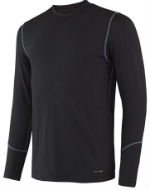
If there’s a thesis to be gleaned from Larsen’s layering system, it’s that “moisture is the enemy.” And, perhaps counterintuitively, sweat is what Larsen cites first. When you’re hauling over 300 pounds of gear at the top of the world, where temperatures can reach -60 degrees Fahrenheit, any amount of sweat can be hazardous. Sure, grinding your way through a tedious hike can help to warm you up. But what happens when you stop? Any moisture on your bare skin can suddenly become a life-threatening liability.
Because of this, Larsen encourages the use of a thin, porous base layer with moisture-wicking properties. Some outdoorsmen will prefer wool, according to Larsen, but, though wool can insulate you while you’re wet, it doesn’t pull the moisture away from your body, which is the critical point. Here are a few of the base layers we were employing while camping near Lake Irvin in Crested Butte.
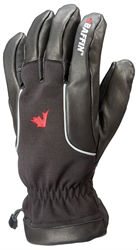
Larsen recommends using Terramar products for base layers. They’re good for moisture-wicking, and they’re actually fairly affordable for a winter camping first-timer. We were using these Thermalator Crews and Thermawool Bottoms.
For the hands and feet, we were using Baffin, a brand that promotes its gear as polar-proven. The same rule applies here as with the rest of the body: make sure you layer properly. For instance, with our Talon gloves, we had some high-wick liners to help manage moisture. With
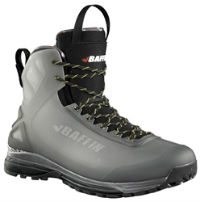
gloves, as Larsen says, you want a good balance of insulation and dexterity (i.e., you want to have more mobility in your fingers). Plus, these Baffin liners are touchscreen-friendly, meaning you don’t have to freeze your fingers off for that selfie.
When it comes to the feet, it’s hard to beat WigWam socks, especially given all the varieties available. The Pacific Crest Pro, in particular, worked pretty well on this adventure int0 the mountains. For boots, Larsen also advised using Baffin. In this case, the Borealis boots, with their considerable temperature range of 41 Fahrenheit to -22 Fahrenheit, were a great fit.
- Don’t Be a Tough Guy: Listen to Your Body
This is something that struck home for me. Often, if I’m too warm, I’ll just grin and bear it. Remember though, “Moisture is the enemy.” Any buildup of sweat that occurs while you’re hiking can work against you once you stop moving. So, whatever you’re doing, if you get too warm, take off a layer. Don’t sweat.
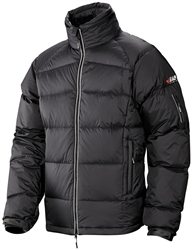
The same thing applies when you’re too cold. Don’t be a tough guy. If you’re starting to feel cold, go ahead and take the time to put on that extra layer. This constant robing and disrobing is crucial and is what Larsen calls “the polar striptease.”
For instance, while snowshoeing up to camp, I was just wearing my base layers. However, once I got there I put on a thick down jacket. Larsen recommended both Baffin and Helly Hansen for this. I was wearing the Nepal, which offered an extreme degree of warmth. Definitely not something you’d want to wear while doing some heavy hiking, but perfect while you’re less active up at camp.
Making Sure Your Campsite is Winter-Ready
A few blankets and a cheap sleeping bag aren’t going to cut it at sub-zero temperatures. Fortunately, Larsen had a few choice pieces of gear for anyone wanting to do winter camping the right way. Here are some of the essentials.
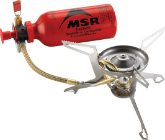
- You’ll Need a Stove
Naturally, having a fresh supply of water is a must. This is why you’ve got to have a stove. Up in Crested Butte, we were using MSR’s Whisperlite. They were easy to use (even for a total newbie like me).
- You’ll Need Snowshoes
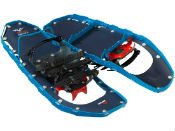
In our case, these were necessary to make it up to the campsite in the first place. But, in case you’re driving, you’ll probably need these to navigate the immediate area where you’ve set up camp. Again, MSR had a solid product here that Larsen was quick to recommend. The Lightning Ascents are light and worked really well over a variety of terrains. At one point, we even used them to traverse a frozen lake.
- You’ll Need a Tent
Brent Rose
Pretty obvious. But it might not be clear exactly what kind you’ll need for winter camping. Larsen actually recently helped to design a sleeping bag with Therm-A-Rest, for exactly this type of venture, so you can probably guess that this is the one he recommended. The Polar Ranger keeps users comfortable in temperatures up to -20 Fahrenheit. I certainly didn’t have any issues. Just look at my tentmate Brent Rose. Snug enough for you?
- You’ll Need Pots and Pans

- Final Note: Always, Always Overprepare
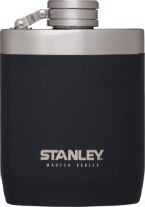
According to Larsen, day trips can sometimes be the most treacherous. That’s because people don’t bring gear for contingencies. If disaster does occur, you don’t have extra water, extra clothing, etc. Ever see the movie 127 Hours? It’s based on the true story of Aron Ralston, an adventurer who was became trapped in a slot canyon and who had to then rely on the few supplies he brought with him to survive for several days.
Given this potential threat, Larsen stresses overpreparing for any outdoor getaway. Bring enough water to get you through several additional days. For instance, when we were snowshoeing up the mountain on our way to the campsite, we brought along sleds full of water and food. And, even though Larsen protests coffee drinking on the slopes (he’d rather just get up and go), we were able to sneak some of that in too.
Featured photo courtesy of The Generator Judge.


